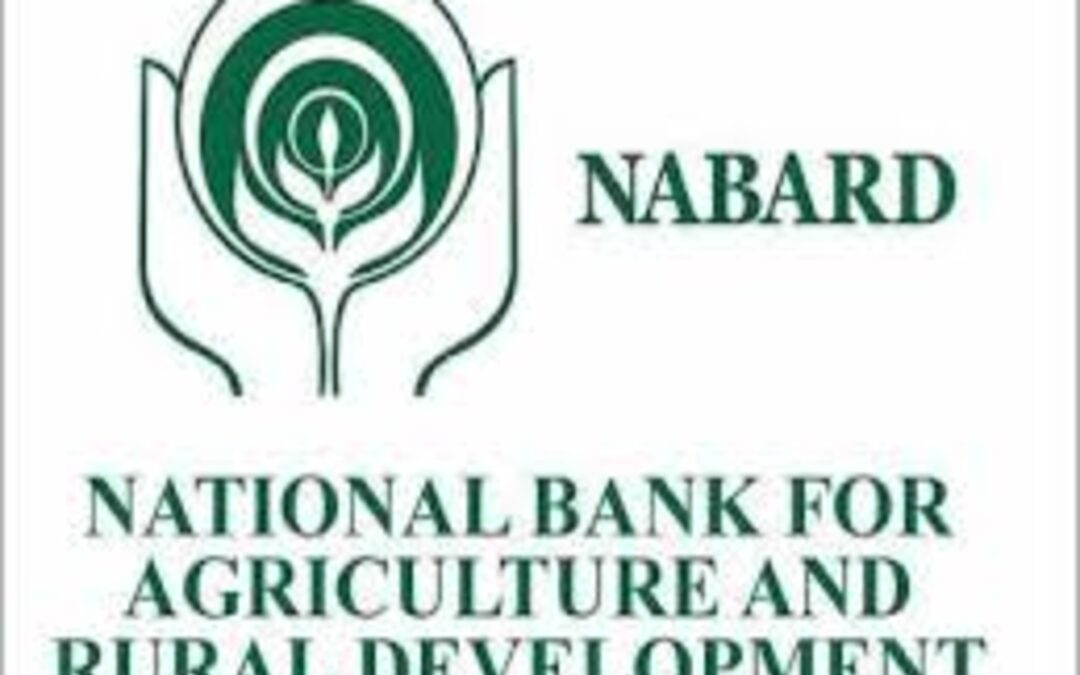The average monthly income of rural households in India has surged by 57.6% over five years, increasing from Rs 8,059 in 2016-17 to Rs 12,698 in 2021-22, according to NABARD’s latest All India Rural Financial Inclusion Survey (NAFIS) 2021-22. This growth corresponds to a nominal compound annual growth rate (CAGR) of 9.5%, outpacing the country’s nominal GDP growth rate of 9% during the same period. The survey, which tracks the economic and financial status of over 1 lakh rural households, highlights significant changes in income, savings, debt, and financial inclusion since its first iteration in 2016-17.Along with rising incomes, rural households also saw a considerable increase in their average monthly expenditure, which climbed from Rs 6,646 in 2016-17 to Rs 11,262 in 2021-22. Despite this, the proportion of food expenditure in the total consumption basket dropped from 51% to 47%, signaling a diversification of spending toward non-food items.
Household savings improved as well, with the average annual financial savings per household increasing from Rs 9,104 in 2016-17 to Rs 13,209 in 2021-22. Furthermore, the survey found that 66% of households reported saving in 2021-22, a notable rise from 50.6% five years ago.
Rising debt and institutional lending
Debt levels in rural India have risen, with 52% of households reporting outstanding debt in 2021-22, up from 47.4% in 2016-17. However, there was a positive shift towards institutional borrowing, particularly among agricultural households. The proportion of agri-households borrowing from institutional sources increased significantly from 60.5% to 75.5% over the five-year period, while those relying solely on non-institutional lenders dropped from 30.3% to 23.4%.
Non-agricultural households saw a similar trend, with institutional borrowing rising from 56.7% in 2016-17 to 72.7% in 2021-22. This shift indicates an increasing reliance on formal financial institutions for credit in rural areas.
The survey also highlighted substantial progress in financial inclusion. The proportion of rural households with at least one member holding an insurance policy increased dramatically, from 25.5% in 2016-17 to 80.3% in 2021-22. Pension coverage grew modestly, with 23.5% of households having at least one member receiving a pension, up from 18.9% five years earlier.
Financial literacy improved as well, with 51.3% of respondents indicating good financial awareness in 2021-22, up from 33.9% in 2016-17. Additionally, the proportion of households demonstrating sound financial behavior, including responsible money management and timely bill payments, rose from 56.4% to 72.8%.
One area of concern highlighted by the survey is the ongoing decline in the average size of landholdings. The average rural landholding shrank from 1.08 hectares in 2016-17 to 0.74 hectares in 2021-22, reflecting increased land fragmentation, which could have implications for agricultural productivity and rural livelihoods.











